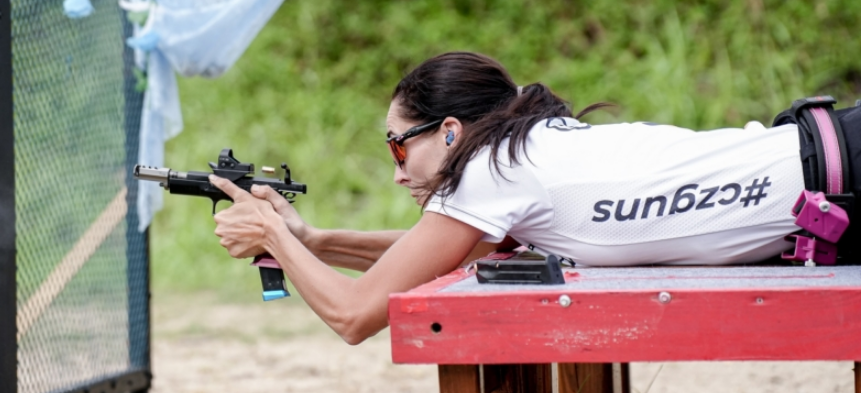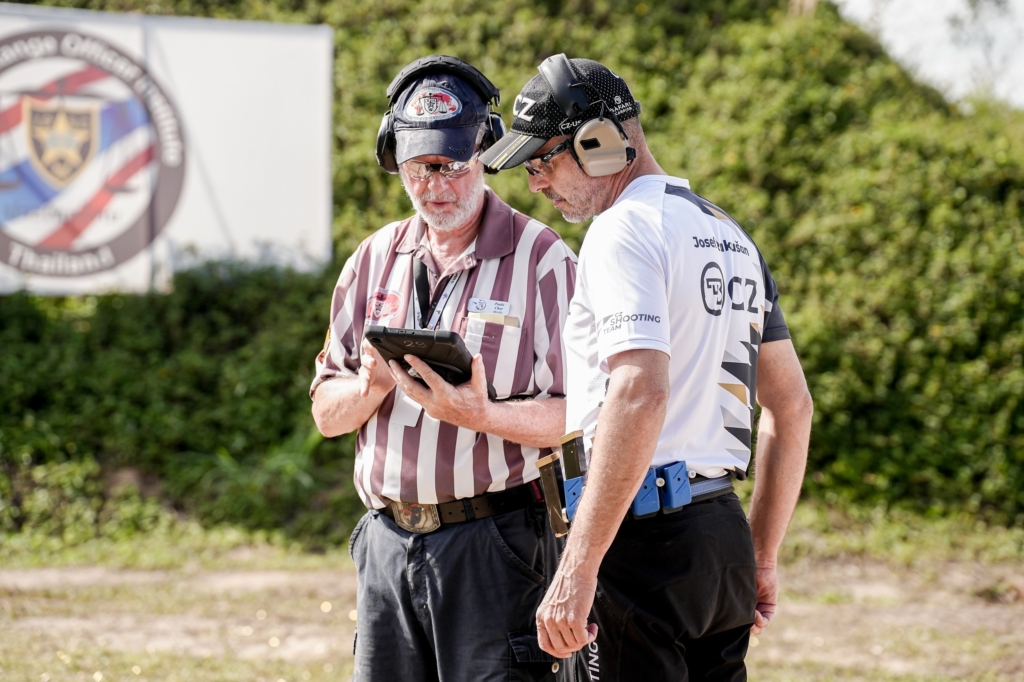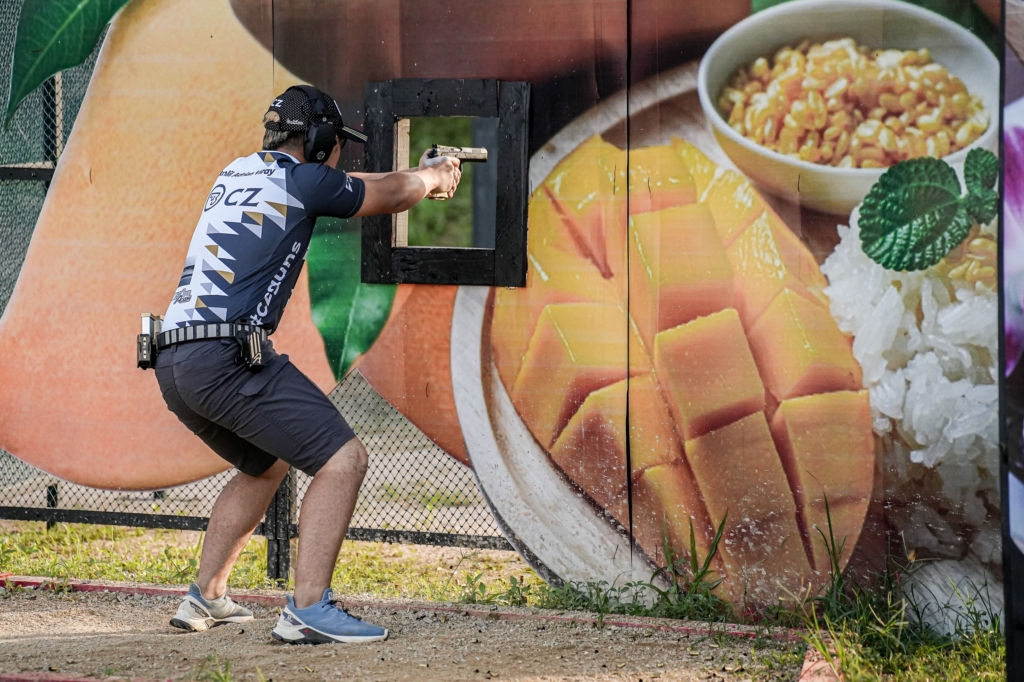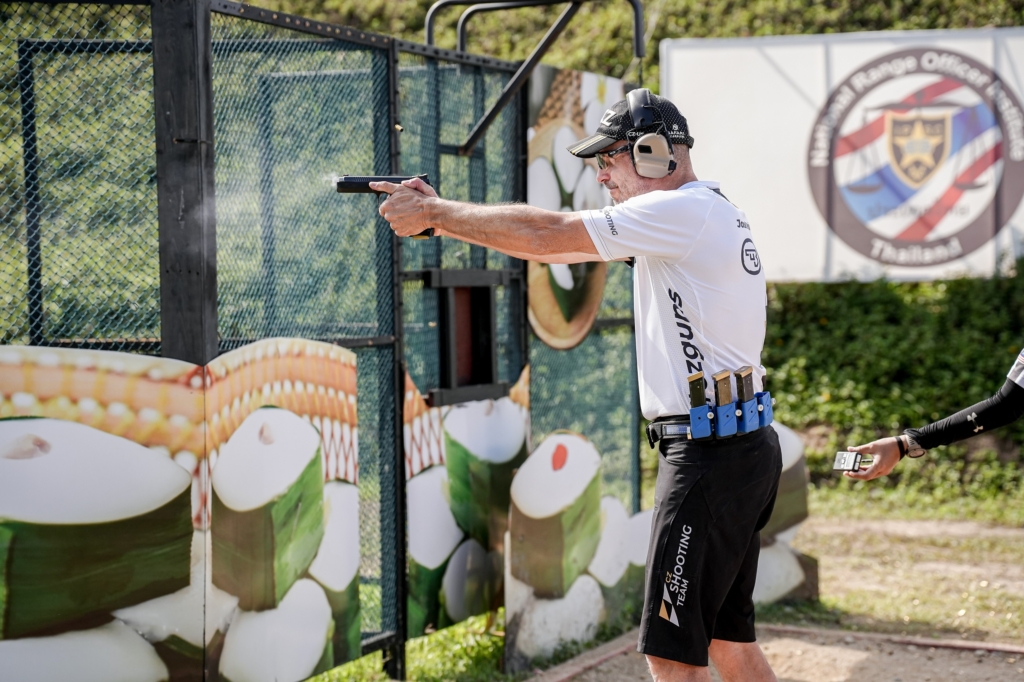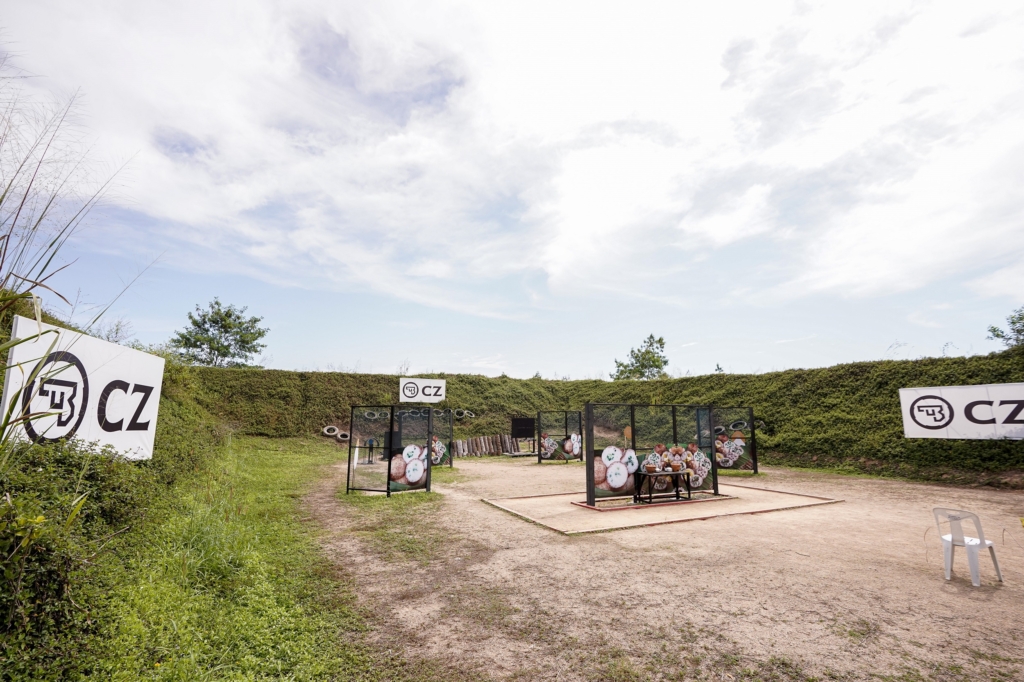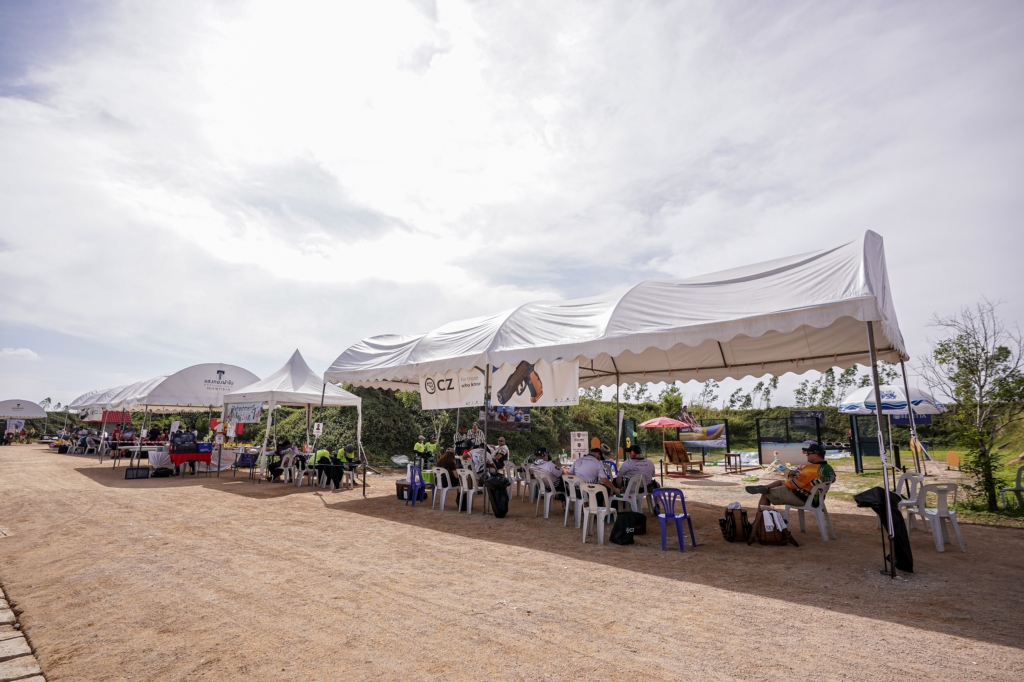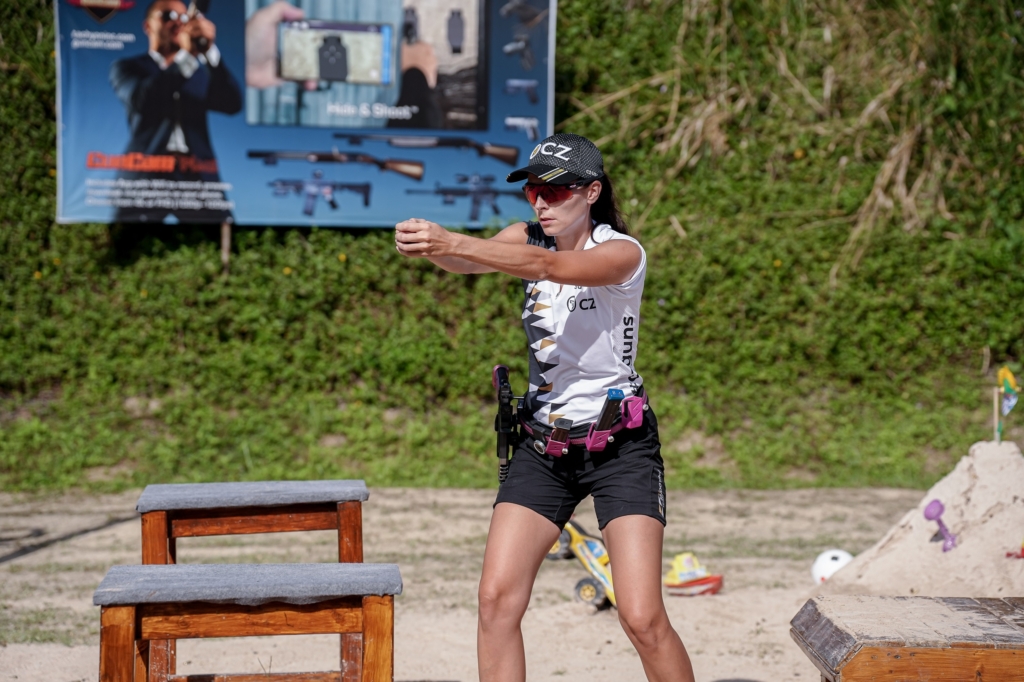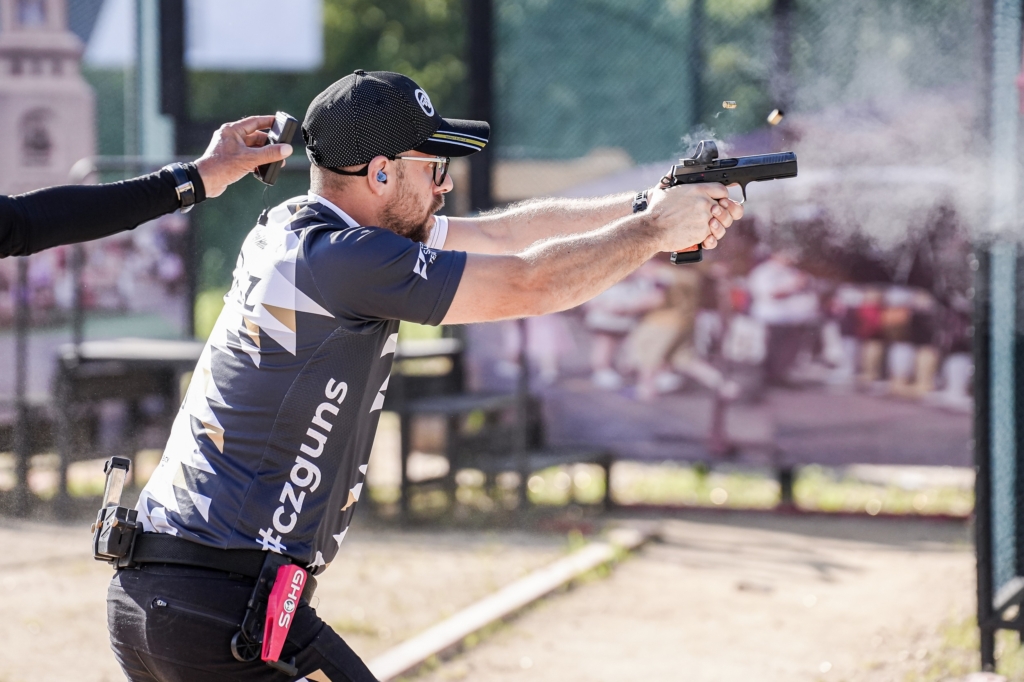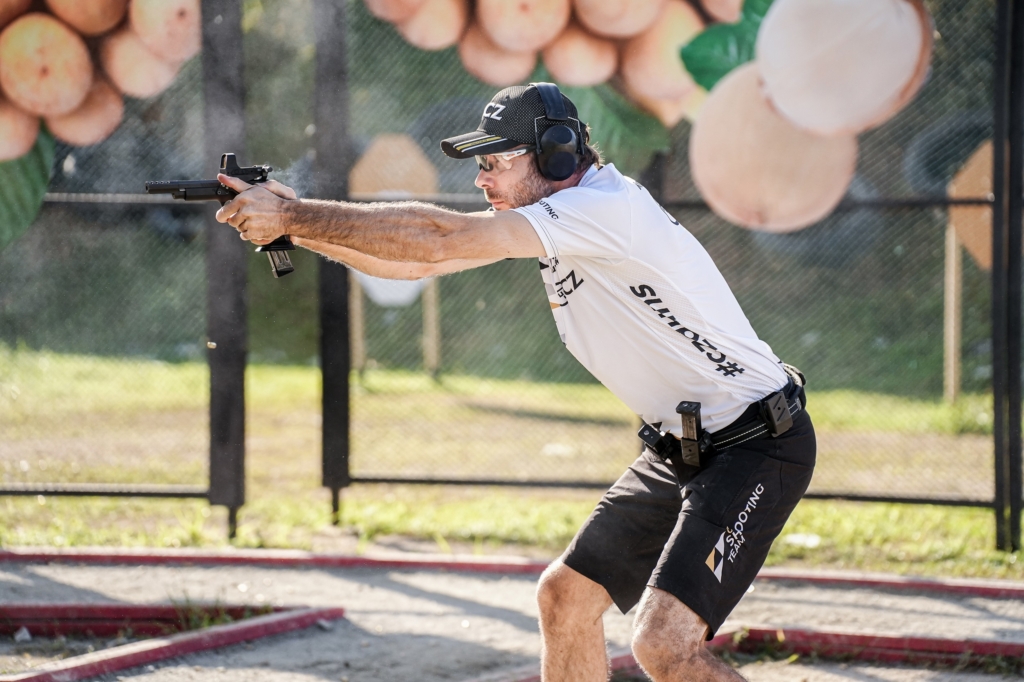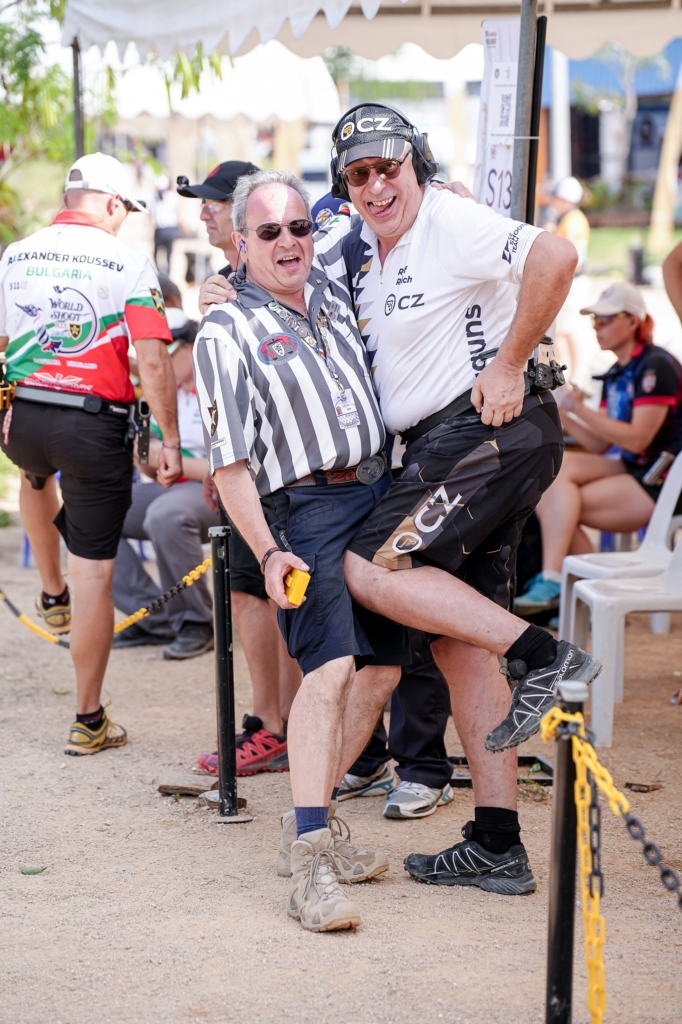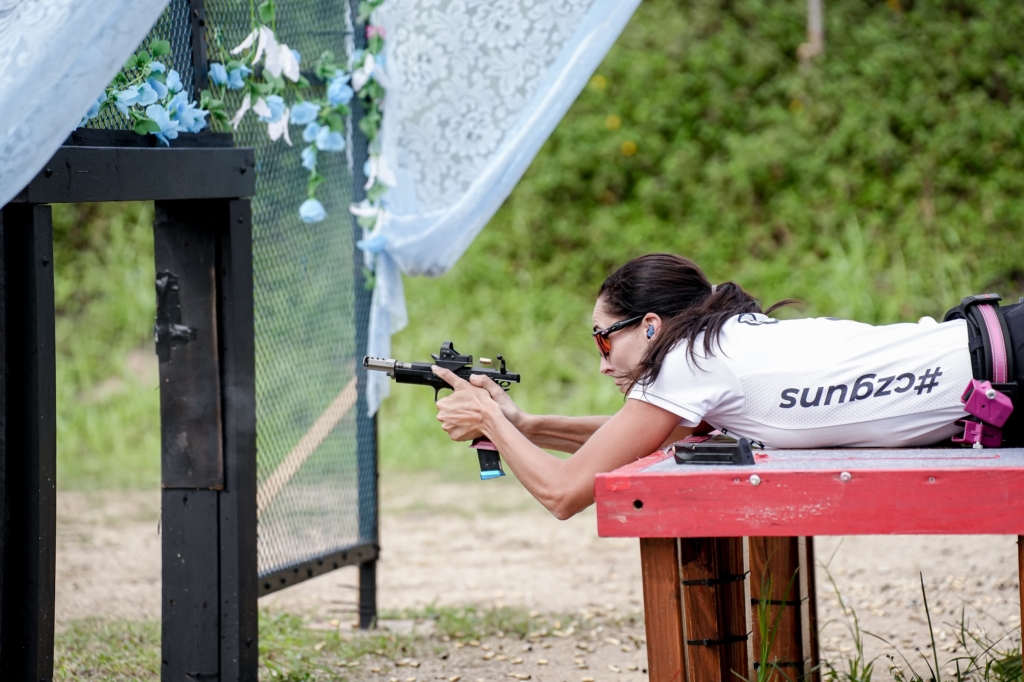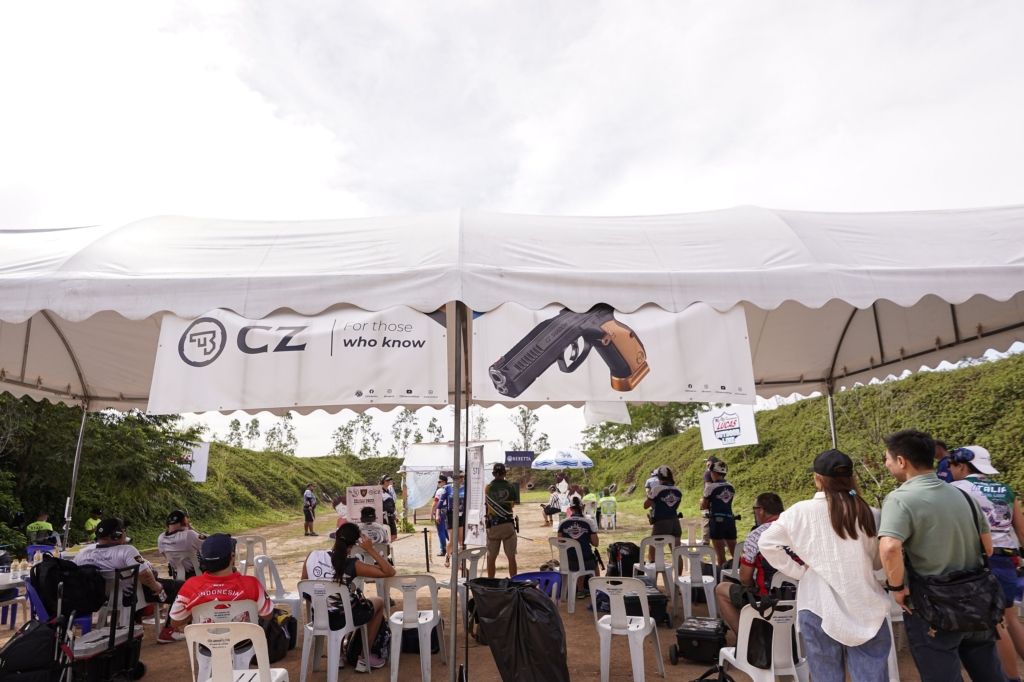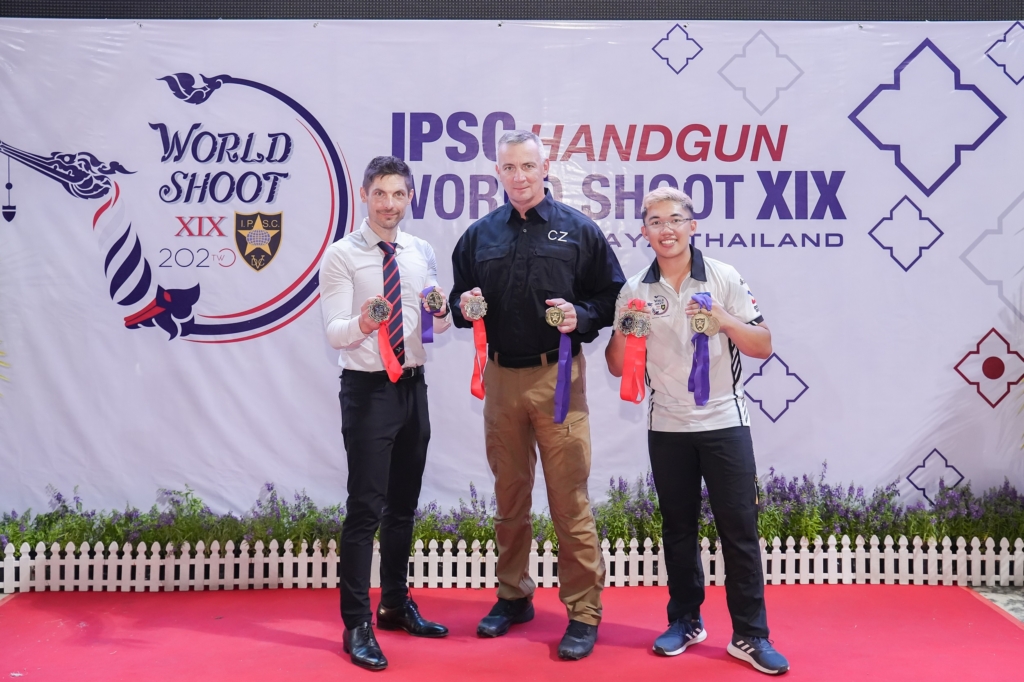What’s it like at an IPSC competition?
What’s it like at an IPSC competition?
The IPSC. Among hobby and professional sport shooters around the world, it is a very well-known and respected organization that holds hundreds of competitions around the world each year for its members. For those who compete, the IPSC is an important part of their shooting activities and its competitions are among the highlights of their year.
For those not aware of the IPSC, or who know about it but have never attended an IPSC competition, this article will provide a few details about the IPSC and what it’s like to attend one of its competitions, namely, the Extreme Euro Open competition that was held outside the city of Znojmo in the Czech Republic.
Overview of the IPSC
The IPSC is the world’s largest association for sport shooting, as well as the oldest and largest for practical shooting, with its roots stretching back to 1976. Since its establishment, it has greatly increased in popularity over the years, with affiliates now present in more than 100 regions around the world.
The IPSC organizes competitions for pistols, revolvers, rifles and shotguns every year, with a range of divisions that are based on the type of firearm and how it is equipped. All competitions are held in accordance with IPSC rules, with IPSC-approved range officials who oversee all matches.
Extreme Euro Open
The Extreme Euro Open is an annual IPSC Level II tactical shooting competition organized by the Extreme Gun Group and Extreme Squad shooting club at the Hodonice shooting range, which is located in the southeastern part of the Czech Republic, near the city of Znojmo. In fact, this shooting range consists of 28 boxes (partitioned shooting areas) and is more than 550 meters long, which makes it one of the largest outdoor shooting ranges in Europe!
This year’s competition was held from June 17th to June 25th 2023, with three days of the main match on June 22nd, 23rd and 24th, and the Shootoff and Award Ceremony on the 25th. A total of 660 competitors were in attendance and the competition featured thirty stages, which are special shooting courses set up for competitors at the shooting range.
Arrival at the competition
After leaving the Znojmo city limits, I traveled about 12 kilometers along a series of smaller and smaller roads that eventually led to the remote shooting range in the Czech city of Hodonice. Out in the Czech countryside? You bet!
When the parking area finally came into view, so did the pops and cracks of firearms in the distance. As the Extreme Euro Open is one of the main IPSC competitions of the year, it came as no surprise that the parking lot was completely packed. Looking more closely at the car license plates, it was clear that people travelled from countries across Europe to attend the competition. With the absence of any free parking spaces, it was necessary for me to park farther away from the entrance on the side of the road.
When exiting the car, the “pops” and “cracks” of shots were now more intense and echoed across the landscape. As I got closer and closer to the entrance, excitement started to build, with banners of various sponsors of the competition starting to appear on the fence that encloses the shooting range.
As tickets were not required for this event, I walked directly into the range and was greeted by several stands, where different firearms and accessories were on display by sponsors. A large concession area with many tables and chairs was also open for competitors and attendees, but as I arrived at 8am to the range, it was largely empty.
Shots from competitors at various stages were frequent and much louder by this time, calling me to venture farther down the dirt path in front of me, which led past the booths and into the range where the real action was taking place.
Off to the stages
With ear plugs in place, I started down the path and into the bowels of the range. It was then when I felt a tap on my shoulder from one of the organizers of the competition, who informed me that protective glasses were required before entering the shooting area. As this was my first shooting competition, I was under the impression that only ear protection was necessary. Luckily enough, the organizer offered to lend me some glasses.
With ears plugged and eyes protected, I started once again down the path to the stages. The first stage came immediately into view in front of me, with a small group of competitors waiting for the start. To left and right of me, the path continued farther into the heart of the range. After choosing the right fork and making my way down the path, I noticed a few competitors walking around and talking together, but no stages came into view. Strangely enough, the shooting range largely appeared empty of both competitors and visitors. A few steps later, the stages started to appear to my left and right. As it turned out, each stage was tucked away between fairly high, man-made hills. Shooting areas fully encircled by earth that would stop all bullets, no matter how large the caliber. The only escape for the projectiles would be if someone shot straight up in the air!
Before stopping for any length of time at a stage, I was curious to see how far this path would take me and how many stages I would encounter. As I continued down the page, stages continued to appear on the left and right. Some stages were underway with competitors in action, but others were either just before the start or after completion. What seemed like an eternity of walking down the path, with many stages behind me, I came to the last stage and the end of the path. I later made my way down the other end of the path and found that it was just as long, with just as many stages scattered along its length. One of the largest shooting ranges in Europe? Indeed!
Anatomy of a stage
An interesting fact about IPSC stages, which are a series of small shooting courses, is that they all must be different. Various positioning and types of targets and barriers, as well as different ways to start the stage and obstacles in the path of competitors. As a result of these variations, IPSC competitions are always a new, challenging experience for competitors. No matter how experienced. The Extreme Euro Open was no different, with thirty expertly designed stages to challenge each and every competitor.
Although each stage was different, the area in front of them were all exactly the same – a temporary roof with a table and a few chairs. The tables seemed to be for the competitors and officials, although they were largely unused at most stages. Competitors seemed to prefer to stand on the side the tables, or behind them, talking among themselves in groups or sitting alone in a portable chair contemplating their upcoming performance. Behind the table and chairs also seemed to be the place where visitors could stand and watch the competitors go through the stage.
One thing that I found surprising was the size of the stages. They were much smaller than I expected, even though sizes varied slightly from stage to stage. Wooden planks on the ground defined where competitors were allowed.
As I walked past the different stages, I could see that some had additional, challenging elements for competitors, which included a see-saw platform, angled platforms, floating platforms on ropes, a wooden “bed” where competitors would lay down before the start of the stage, and others.
A look at competitors and their preparation for the stage
Since there were so many competitors at this event, it was necessary for organizers to divide them into a total of sixty squads, with each squad having set times and stages for each day of the competition. The competition started at 7 a.m. and ended at 7 p.m. each day, with 35 minutes between each stage. It was a very well-organized event that ran extremely smoothly.
Before the official start time for each stage, competitors begin to gather around the stage, looking it over and planning out their strategy for tackling the course. Competitors are not allowed to enter the shooting area until the IPSC official gives them the green light. But their first entrance to the stage is not to walk around and look at it more closely. It’s to receive a full explanation of the stage and tour of each part by the IPSC official. Upon completion of this orientation, competitors are given a few minutes outside of the course to further formulate their strategy and individually move along the planks, practicing their movements from start to finish. During these few minutes of practice, they pretend to have their gun in hand, aiming at targets with their fingers. For reasons of safety, guns are only allowed in hand under the supervision of an IPSC official.
After allowing competitors to practice, the official then asks them to leave the stage area. The competition is about to begin.
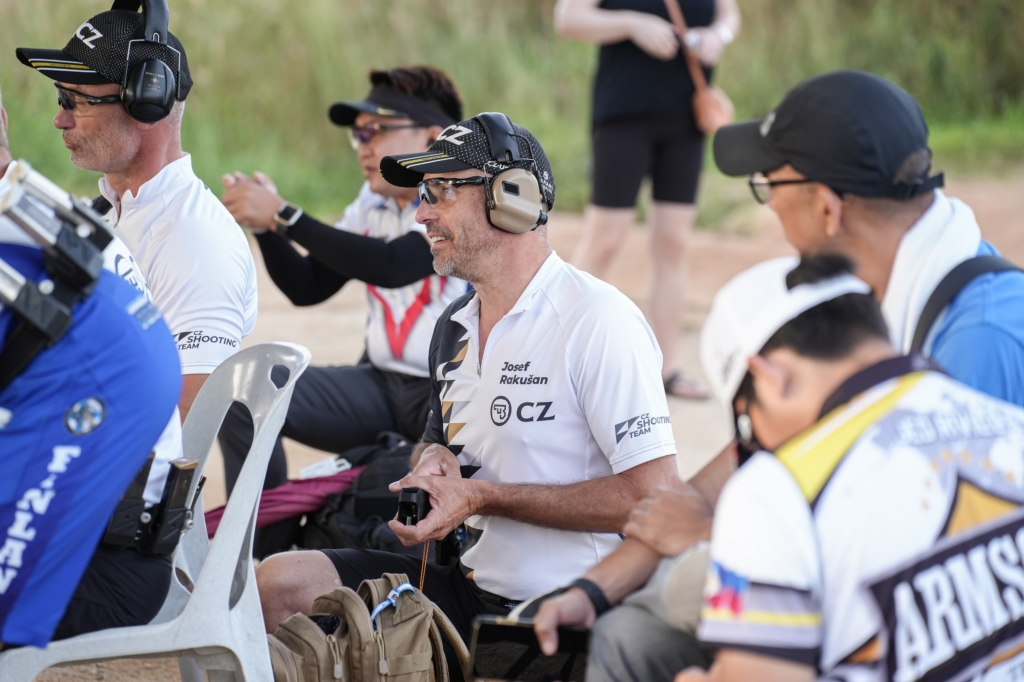
It’s not just about shooting, somebody has to load the magazines first. Luckily all sorts of magazine loaders are here to help.
Start of the stage
The start of each stage is the same. When it comes time for a competitor to begin, they enter the stage area, with their handgun holstered or put down in a designated area, and assume the start position. The start position can be standing, lying down, or another position designated by the organizers. The IPSC official then positions themselves right behind the competitor and asks “Are you ready?”. When the competitor nods their head in agreement, the official gives the start signal from a small device in his hand, which is a loud “beep”.
Upon hearing the beep, the competitor jumps into action and starts going through the stage. As they advance, the official follows right behind them to monitor their progress, time and shots fired. The stage is finished when the firearm is holstered after the last shot.
At the conclusion of the stage, the competitor must unload their gun, remove the magazine and demonstrate to the official that there is no round in the chamber. When the firearm is cleared, the official goes through the course to count up successful hits on target. At this time, competitors who are waiting their turn to go through the stage enter the stage area to help the official get the course ready for the next competitor. This involves putting stickers over holes in targets, putting poppers upright, etc. As a spectator, it was very nice to see this community effort and sense the feeling of comradery between competitors. It seems like IPSC competitors are like a family.
To calculate the competitor’s score for each stage, the highest values from the number of stipulated hits per target are added together. If any penalties were incurred during their performance, these are subtracted from the total points for the stage. The resulting points are then divided by the total time expired to reach a hit factor. The person with the highest hit factor receives the maximum number of points available for the stage. The hit factors for other competitors for the stage in question are then ranked according to the leader’s points.
A curious lack of spectators
One of the things that surprised me at the competition was the number of spectators in attendance. I counted less than ten during my time there, which was on a Friday, the second day of the competition. Since the Extreme Euro Open was a championship competition, and one of the highlights of the year for the IPSC, the lack of visitors was unexpected. I later found out that spectators are mainly attending the last day of the competition, which consists of a shoot-off between the top performing competitors and an awards ceremony.
It seems a pity to me that the days of shooting that lead up to the final day are not attended by more spectators, although it may be that competitors do not wish to have an audience during their performances anyway. But can you imagine that football fans would only attend the World Cup, and not the other football matches that led up to the finals?
In any case, I was very glad to be one of the few spectators on the day I attended and witness the outstanding shooting being done by competitors from across Europe. It was certainly an experience that won’t soon be forgotten!
Experience the excitement of an IPSC competition for yourself
Attending an IPSC competition is like any other professional sport, such as football, hockey or basketball. You are given the opportunity to see the most talented competitors face off against each other and experience, first hand, who comes out on top.
I believe this sport deserves more attention from the public and should be widely attended by spectators. Competitors spend a lot of time and money in preparation for IPSC competitions, and their talent and exciting performances deserve more recognition. I’m sure that most people would be very surprised at these competitors’ level of skill.
I hope this article served as a good primer on what to expect at an IPSC competition and spark interest in getting you to attend one that is sure to take place soon in your local area.

